Introduction
Stir-fried donkey heart might sound intimidating to some, but this underrated ingredient offers a unique blend of rich flavor and tender texture when prepared correctly. Often overlooked in mainstream cuisine, donkey heart is a lean, nutrient-dense protein that deserves a spot on your dinner table. This guide will walk you through every step of creating a mouthwatering stir-fry that’s both simple to execute and bursting with umami-packed goodness. Whether you’re a seasoned home cook or a curious foodie, this recipe will demystify the process and leave you wondering why you haven’t tried this dish sooner.
Why Choose Donkey Heart?
Donkey heart, like other organ meats, is prized in many cultures for its robust taste and nutritional profile. Rich in iron, vitamin B12, and protein, it’s a sustainable alternative to conventional cuts of meat. When cooked properly, it becomes tender and absorbs flavors beautifully, making it ideal for stir-fries. Its mild, slightly gamey flavor pairs well with bold seasonings, while its dense texture holds up to high-heat cooking methods like stir-frying.
Ingredients You’ll Need
Before diving into the cooking process, gather your ingredients. The beauty of this recipe lies in its simplicity—you likely already have many of these items in your pantry.
- Donkey heart (500g): Fresh is best, but frozen works if thawed properly.
- Vegetables: Bell peppers (1 red, 1 green), onion (1 medium), garlic (4 cloves), ginger (1-inch piece).
- Aromatics and Spices: Soy sauce (3 tbsp), oyster sauce (2 tbsp), rice wine (1 tbsp), sesame oil (1 tsp), sugar (1 tsp), cornstarch (1 tsp), white pepper (¼ tsp), red chili flakes (optional, ½ tsp).
- Oil: Neutral oil (e.g., vegetable or canola) for stir-frying.
- Garnish: Fresh cilantro, spring onions, or toasted sesame seeds.
Step 1: Preparing the Donkey Heart
The key to tender stir-fried donkey heart lies in proper preparation. Start by trimming any excess fat or sinew from the heart. Use a sharp knife to slice it into thin, uniform strips against the grain. This ensures even cooking and prevents chewiness.
Marinade Magic
Marinating the meat infuses it with flavor and tenderizes the fibers. In a bowl, combine:
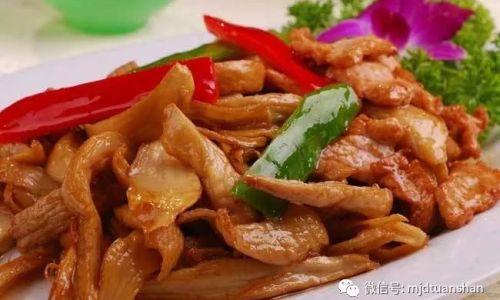
- 2 tbsp soy sauce
- 1 tbsp rice wine
- 1 tsp cornstarch
- ½ tsp white pepper
Add the sliced donkey heart, toss to coat, and let it marinate for at least 20 minutes (or up to 2 hours in the fridge). This step is non-negotiable—it’s the secret to melt-in-your-mouth results.
Step 2: Prepping the Vegetables
While the meat marinates, chop your vegetables. Slice the bell peppers into thin strips, dice the onion, and mince the garlic and ginger. Uniformity here matters: consistent sizes ensure even cooking.
Pro Tip: For added crunch, soak the sliced bell peppers in ice water for 10 minutes before cooking. This technique, called “shocking,” firms up their texture.
Step 3: Mastering the Stir-Fry Technique
Stir-frying is all about speed and heat control. Follow these steps for perfection:

- Heat the Wok: Place your wok or large skillet over high heat. Allow it to smoke slightly before adding oil. This “seasoning” step prevents sticking.
- Add Oil: Swirl 2 tbsp of neutral oil around the pan. Wait 10 seconds for it to shimmer.
- Sear the Meat: Drain excess marinade from the donkey heart (reserve it for later). Add the meat in a single layer, spreading it out to avoid steaming. Let it sear undisturbed for 1-2 minutes until caramelized. Flip and repeat.
- Remove and Rest: Once browned, transfer the meat to a plate. This prevents overcooking.
Step 4: Cooking the Aromatics and Vegetables
In the same wok, add another 1 tbsp of oil. Toss in the garlic and ginger, stirring constantly for 30 seconds until fragrant. Add the onions and bell peppers, stir-frying for 2-3 minutes until slightly softened but still crisp.
Flavor Boost: Deglaze the pan with 1 tbsp of rice wine, scraping up any browned bits. This adds depth to the dish.
Step 5: Combining and Seasoning
Return the seared donkey heart to the wok. Pour in the reserved marinade, then add:
- 1 tbsp soy sauce
- 2 tbsp oyster sauce
- 1 tsp sugar
- ½ tsp red chili flakes (if using)
Toss everything vigorously for 1-2 minutes until the sauce thickens and coats the ingredients. The cornstarch in the marinade will help the sauce cling to the meat and vegetables.
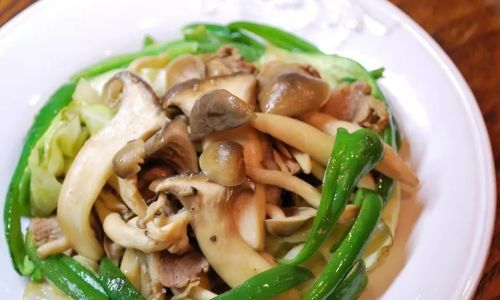
Final Touches: Drizzle with sesame oil and toss once more. Remove from heat immediately to prevent overcooking.
Step 6: Serving and Presentation
Stir-fried donkey heart shines when paired with steamed jasmine rice, noodles, or even a crusty baguette. Garnish with fresh cilantro, sliced spring onions, or a sprinkle of sesame seeds for visual appeal. For a complete meal, serve alongside a simple cucumber salad or pickled vegetables to balance the richness.
Troubleshooting Common Issues
- Tough Meat: Overcooking is the culprit. Stir-fry on high heat and remove the meat promptly once cooked.
- Bland Flavor: Ensure you’re using enough aromatics (garlic, ginger) and don’t skip the marinade.
- Soggy Vegetables: Cook them separately from the meat and avoid overcrowding the pan.
Variations and Customizations
This recipe is incredibly versatile. Experiment with:
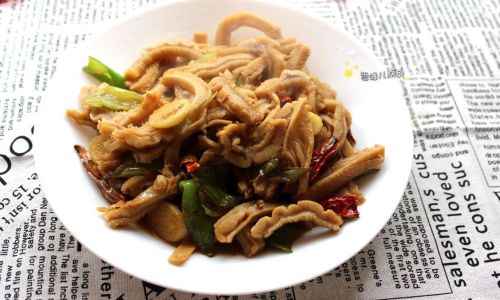
- Proteins: Substitute donkey heart with beef, lamb, or even mushrooms for a vegetarian twist.
- Vegetables: Use snap peas, carrots, or broccoli for added crunch.
- Spice Level: Adjust chili flakes to taste or add a splash of Sriracha at the end.
The Science Behind Stir-Frying
Stir-frying at high heat (350°F/175°C+) rapidly cooks food, preserving texture and nutrients. The Maillard reaction—responsible for browning—occurs when proteins and sugars interact under heat, creating complex flavors. By searing the meat first, you lock in juices, while the quick cooking of vegetables retains their vibrant color and crispness.
Cultural Context
In many Asian and European cuisines, organ meats are celebrated as delicacies. For example, in China, stir-fried offal dishes are common in street food stalls, while in Italy, fegato alla veneziana (venetian-style liver) is a beloved classic. Embracing these ingredients connects us to culinary traditions that prioritize sustainability and flavor.
Health Benefits of Donkey Heart
Beyond its culinary appeal, donkey heart is a nutritional powerhouse:
- Iron-Rich: Combats anemia and boosts energy.
- Low in Fat: A lean protein source for heart-healthy diets.
- Vitamin B12: Supports nerve function and red blood cell production.
Leftovers and Storage
Leftover stir-fry can be stored in an airtight container for up to 3 days. Reheat gently in a skillet with a splash of water to prevent drying out. Avoid microwaving, as it can toughen the meat.
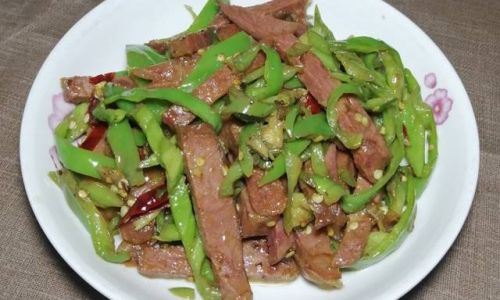
Conclusion
Stir-fried donkey heart is a testament to the idea that extraordinary flavor doesn’t require complexity. By mastering a few key techniques—proper marination, high-heat cooking, and balanced seasoning—you can transform this humble ingredient into a restaurant-worthy dish. Whether you’re seeking to expand your culinary repertoire or simply crave a hearty, flavorful meal, this recipe delivers on all fronts. So grab your wok, sharpen your knife, and embark on a journey to redefine your understanding of delicious, no-fuss cooking. Your taste buds will thank you.

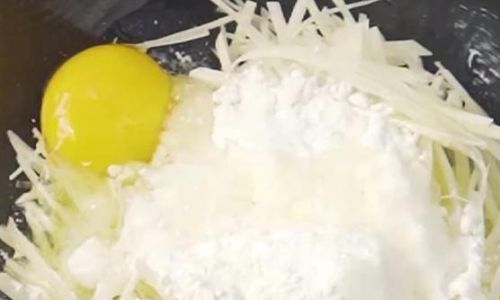
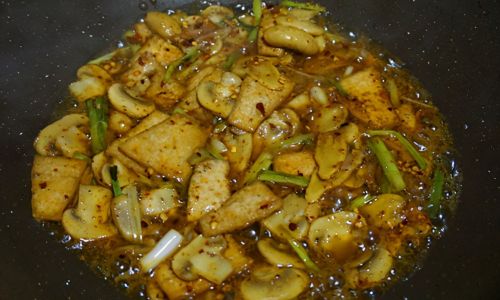
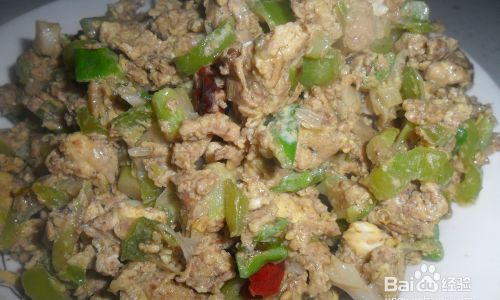
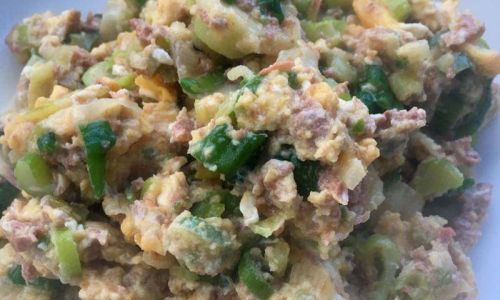
0 comments